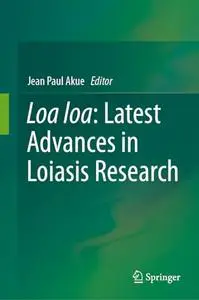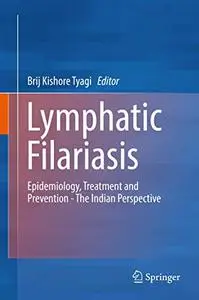Loa loa: Latest Advances in Loiasis Research by Jean Paul Akue
English | PDF EPUB (True) | 2023 | 149 Pages | ISBN : 3031494490 | 17 MB
This comprehensive volume covers all aspects from the historical discovery of the filarial parasite Loa loa to the latest diagnostics and therapies for all forms of pathology used at the point of care. Current developments in these areas are also highlighted. Expert authors present the epidemiological impact of loiasis and the basic mechanisms underlying the disease in native populations and nonresidents of endemic areas. In addition to particulars on the immunology of the parasite, its general and molecular biology, the clinical manifestation is also described in detail. Both common and atypical clinical manifestations are considered. This book concludes with an outlook on further research and targeted eradication of the disease.



